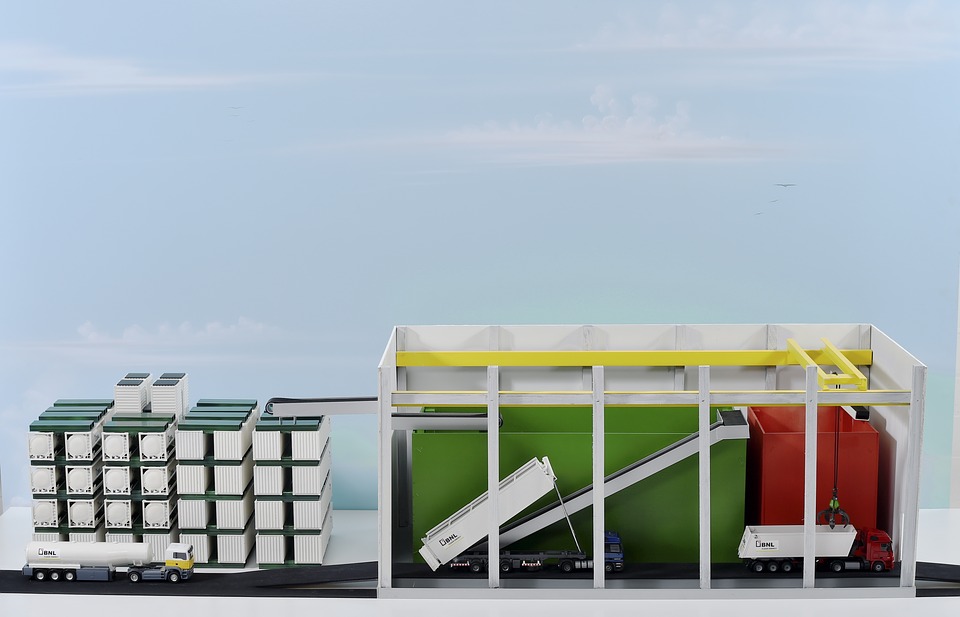Biofuels
Biofuel is a fuel that is usually obtained from biological raw materials, such as as stalks of sugar cane or rapeseed, corn, soybeans. Cellulose and various types of organic waste can also be used.
There are solid biofuels (firewood, straw), liquid biofuels (ethanol, methanol, biodiesel), and gaseous biofuels (biogas, hydrogen).
Solid biofuels
Firewood is the oldest fuel. Currently, energy forests which consist of fast-growing plants are grown for the production of firewood or biomass. Lately, the population of many countries have been reducing the consumption of petroleum fuels and increasing the use of firewood. This leads to deforestation.
Solid energy sources of biological origin (mainly manure, wood waste, peat) are briquetted, dried and burned in the fireplaces of residential buildings and furnaces of thermal power plants, producing cheap electricity for domestic and industrial needs. Wood waste with a minimum degree of preparation for burning (sawdust, bark, husks, straw, etc.) is pressed into fuel briquettes or pellets, which have the shape of cylindrical or spherical granules with a diameter of 8-23 mm and a length of 10-30 mm.
Liquid biofuel
Bioethanol is ordinary ethanol, which is obtained by processing vegetable raw materials and used as biofuel. Ethanol (ethyl alcohol) - C2H5OH or CH3-CH2-OH, the second representative of the homologous series of monohydric alcohols, in common parlance - alcohol.

There are 2 main ways to obtain ethanol - microbiological (alcoholic fermentation) and synthetic (ethylene hydration). The result of fermentation is a solution containing no more than 15% of ethanol, because in more concentrated solutions, the yeast usually dies. The ethanol obtained thus requires purification and concentration, usually by distillation. On an industrial scale, ethyl alcohol is obtained from raw materials containing cellulose (wood, straw), which is pre-hydrolyzed. The resulting mixture is subjected to alcoholic fermentation.
Ethanol is a less "energy-saturated" source of energy than gasoline. The mileage of cars running on E85 (a mixture of 85% ethanol and 15% gasoline; the letter "E" from the English Ethanol), per unit volume of fuel is about 75% of the mileage of standard cars. Conventional machines cannot run on the E85, although internal combustion engines run on the E10. Only so-called "Flex-Fuel" machines work on "real" ethanol. These cars can run on regular gasoline or on any mixture of both.
A serious disadvantage of bioethanol is that when ethanol burns in the exhaust gases of engines, aldehydes (formaldehyde and acetaldehyde) appear, which cause no less damage to living organisms than aromatic hydrocarbons.
Biomethanol is a type of liquid biofuel based on methyl (wood) alcohol obtained by dry distillation of wood waste and conversion of methane from biogas. Biomass production can be carried out by cultivating phytoplankton in artificial reservoirs created on the coast. Secondary processes are methane fermentation of biomass and subsequent hydroxylation of methane to obtain methanol.
Despite the high octane number - more than 100, the calorific value of methanol is twice less than that of gasoline. This, as well as the lack of volatility of pure alcohol, explains the need to mix methanol with gasoline. The standard is biomethanol M85 (letter "M" from the English. Methanol), which contains 85% of methyl alcohol and 15% of gasoline.

Biomethanol M85 has not become widespread due to low energy content and due to the exceptional corrosive activity of methanol, which requires the use of special materials.
In terms of energy production, this biosystem has significant economic advantages over other methods of converting solar energy.
Biobutanol -C4H10O - butyl alcohol. Colorless liquid with a characteristic odor. Widely used in industry. Butanol production began in the early twentieth century. In the 1950s, due to falling oil prices, butanol began to be processed from petroleum products.
Butanol has no corrosive properties, can be transferred to existing infrastructure. It may, but does not have to, be mixed with traditional fuels. The energy consumption of butanol is close to the energy consumption of gasoline. Butanol can be used in fuel cells as well as as raw materials for hydrogen production.
The raw materials for the production of biobutanol can be sugar cane, beets, corn, wheat, and in the future - cellulose.
Dimethyl ether (DME) - C2H6O can be produced from coal, natural gas and biomass. A large amount of dimethyl ether is produced from pulp and paper waste. It liquefies at low pressure.
Dimethyl ether is an environmentally friendly fuel without sulfur content, the content of nitrogen oxides in exhaust gases is 90% lower than in gasoline. The use of dimethyl ether does not require special filters, but it is necessary to redesign the power supply systems (installation of gas cylinder equipment, correction of mixture formation) and engine ignition. Without processing it is possible to use it in the cars with LPG-engines at 30% of content in fuel.
Biodiesel is a fuel based on animal, vegetable and microbial fats, as well as their esterification products.
Vegetable or animal fats are used to produce biodiesel. The raw materials can be rapeseed, soybean, palm, coconut oil, or any other crude oil, as well as waste from the food industry. Technologies for the production of biodiesel from algae are being developed.

Second-generation biofuel is a fuel obtained by various methods of pyrolysis of biomass, or other fuels other than methanol, ethanol, and biodiesel.
Rapid pyrolysis allows you to turn biomass into a liquid that is easier and cheaper to transport, store and use. The liquid can be used to make motor fuel or fuel for power plants.
Gaseous biofuel
Biogas is a product of fermentation of organic waste (biomass), which is a mixture of methane and carbon dioxide. Decomposition of biomass occurs under the influence of bacteria of the class of methanogens.
Third generation biofuels
Third generation biofuels are fuels derived from algae.
In addition to growing algae in open ponds, there are technologies for growing algae in small bioreactors located near power plants. The waste heat of the plant is able to cover up to 77% of the heat required for growing algae. This technology does not require a hot tropical climate.
